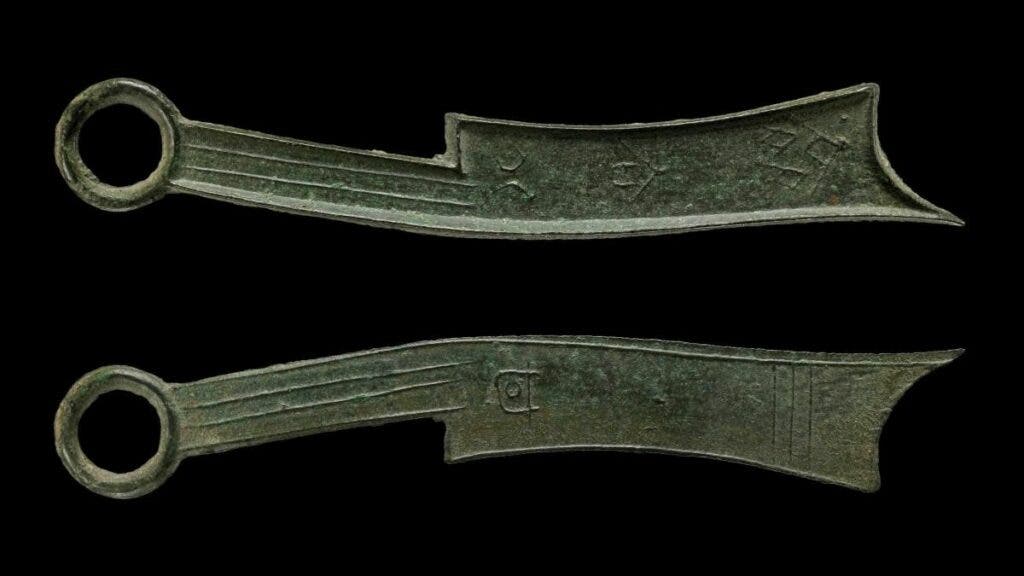The 2,300-year-old Kaogong Ji is the oldest technical encyclopedia in the world. The book contains designs and instructions on how to make several highly advanced tools for the time, such as metal drums, chariots and weapons. It also has ambiguous recipes for casting bronze, whose ingredients have puzzled researchers for years. Now, they were able to finally decipher those recipes and their ingredients.

The book was written around 300BC and is part of a longer text called The Rites of Zhou. It includes six chemistry formulas for casting bronze — copper-based alloy that typically consists of approximately 88% copper and 12% tin in modern manufacturing — and lists items such as axes and knives and instructions on how to make them. For about 100 years, researchers have struggled to decipher two of the main ingredients, listed as “jin” and “xi.”
The two words were first translated to copper and tin, which are the main components in the bronze-making process. But when researchers tried to re-create the recipes, the metal didn’t match up with the composition of ancient Chinese artefacts. Now, chemical analyses showed that jin and xi weren’t in fact copper and tin. Or not just copper and tin.
“These recipes were used in the largest bronze industry in Eurasia during this period. Attempts to reconstruct these processes have been made for more than a hundred years, but have failed,” study coauthor Ruiliang Liu and curator of the Early China Collection at the British Museum in London said in a media statement this week.
A chemical analysis
Liu and study author Mark Polland analyzed the chemical composition of a set of Chinese coins — some of which are oddly shaped like knives — that were minted close to when the Kaogong Ji was written. The coins were first believed to be made by diluting copper with tin and lead. But the new analysis showed that they were the result of mixing two pre-prepared metal alloys.
Alloys are made by mixing different metals together. The coins were made with one combination of copper, tin and lead and another alloy of copper and lead. These alloys are likely to be what the authors of the Kaogong Ji referred to as jin and xi rather than pure metals. But the recipes in the book may not reflect how bronze was usually made, the researchers explained.
“If anything, the recipes are too specific,” Liu said in a statement. “The people who actually got their hands dirty probably couldn’t read or write so they wouldn’t have been able to record the recipe. I think there is a gap in knowledge between the person who wrote the recipe and the person who did the real work.”
As well as revealing the mystery behind Chinese bronze-making, a better definition of the two words could help researchers decipher other Chinese historical texts, such as those covering ancient metallurgy from different cultures and regions in the future.
The study was published in the journal Antiquity.


